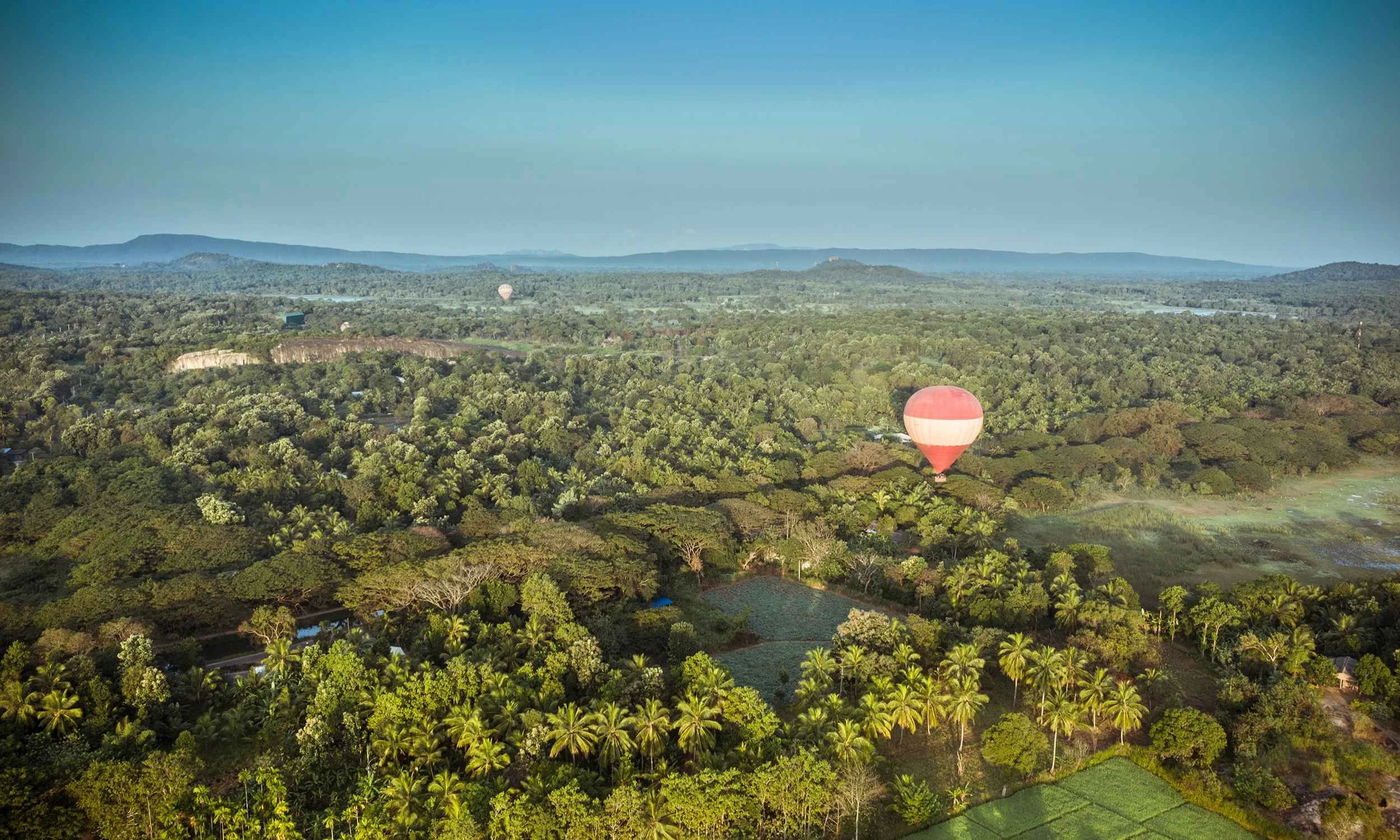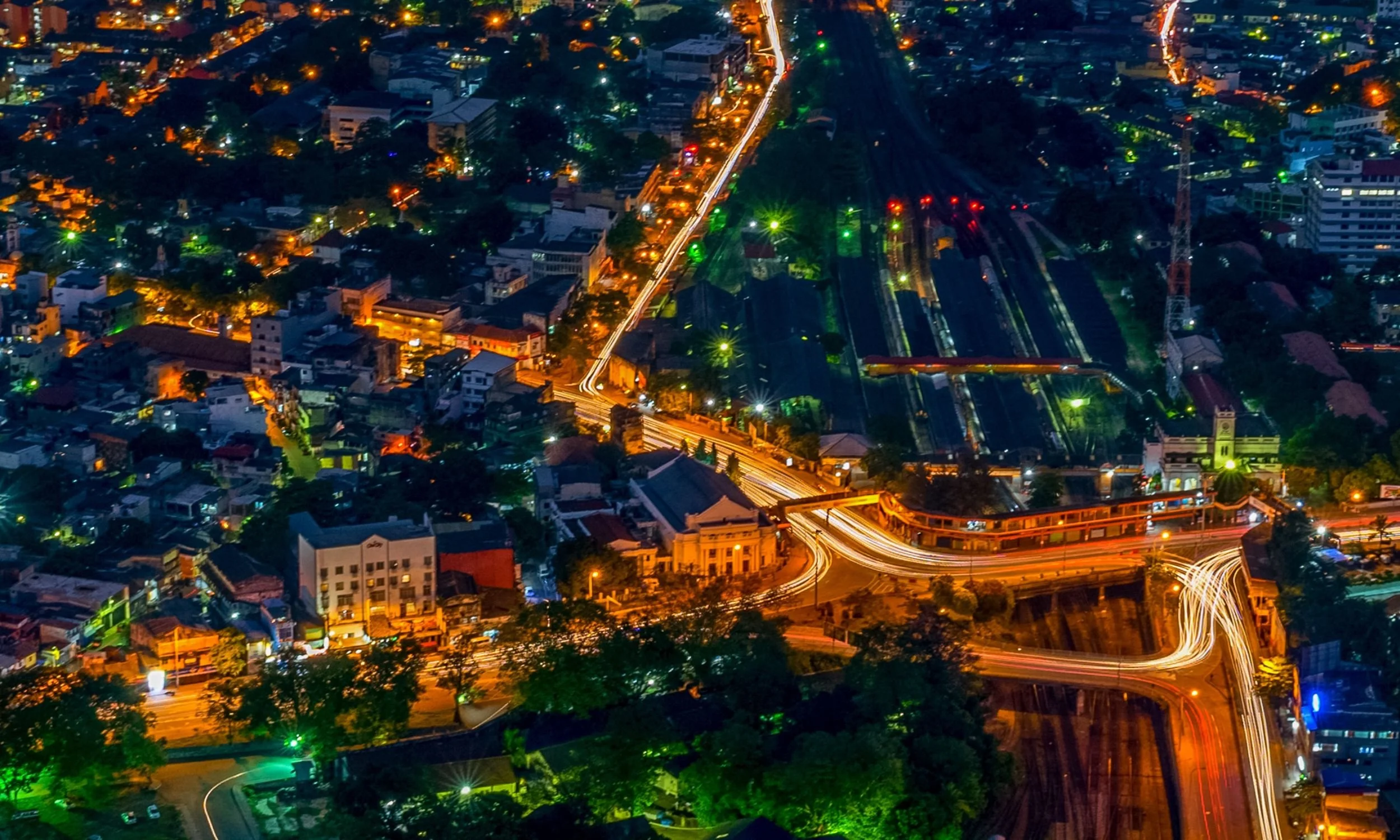Discover Sri Lanka's UNESCO World Heritage Sites
Sri Lanka has 8 UNESCO World Heritage Sites across the island - including 6 Cultural Sites and 2 Natural Sites with multiple hidden and slightly lesser known gems interspersed within. Ayu in the Wild collaborates with expert local community based guides to help travellers experience them in ways that protect and support their outstanding value and the local communities that sustain them.
Ancient City of Sigiriya
Sigiriya is known as 'a palace in the sky', built by the parricidal King Kassapa 1 over seven long years to be his rock fortress 600 feet up in the sky. It is story of a fortress built by a 5th century King of Sri Lanka and a family battle for the throne; of paintings depicting beautiful goddesses; a very advanced system of hydraulics far ahead of its time; and of numerous gardens. A series of galleries and staircases emerging from the mouth of a gigantic lion-like facade constructed of bricks and plaster provide access to the summit. Climb 1236 steps to see the famous sensuous rock paintings -a famed part of Sri Lanka’s artistic heritage depicting beautiful women dancing and bearing offerings, an inscripted mirror wall, fountain garden and an irrigation system built by ancient hydraulic experts - a marvel to date. At Ayu in the Wild, we love including a summit of Sigiriya, early morning for guests staying in Sri Lanka's Cultural Triangle. Before the crowds gather you can quietly listen to our local guide unravel some of the most unique stories of Sigiriya on a guided exploration. Date of Inscription: 1982
Sacred City of Anuradhapura
Hidden away in a dense jungle for many years, the mystical skylines and ruins of the ancient city of Anuradhapura are an evocative reminder of this city's status as a Royal Kingdom and the ruling capital in Sri Lanka for over 1300 years. This sacred city was established around a cutting from the 'tree of enlightenment', the Buddha's fig tree, brought there in the 3rd century B.C. by Sanghamitta, the founder of an order of Buddhist nuns. Anuradhapura, a Ceylonese political and religious capital that flourished for 1,300 years, was abandoned after an invasion in 993. Feel the island's past come alive while cycling or walking past massive dagobas against gorgeous skies at dusk, listening to historical narrations of the ancient kingdom by Ayu in the Wild’s local community based guides. Anuradhapura is also great for photojournalists on a poya day when the streets, temples, courtyards and pools are lit by lanterns and candles, filled with devout worshippers clad in white. Date of Inscription: 1982
Ancient City of Polonnaruwa
Polonnaruwa was the second capital of Sri Lanka after the destruction of Anuradhapura in the year 993. It is an atmospheric ancient royal capital. It comprises, besides the Brahminic monuments built by the Cholas, the monumental ruins of the fabulous garden-city created by Parakramabahu I in the 12th century, the famous reclining statue of Buddha, the man made reservoir Parakrama Samudraya encompassing the sheer brilliance of the ancient kingdom of Polonnaruwa. The architecture and built heritage of Polonnaruwa depicts an amalgamation of the influence of Hinduism in Sri Lanka for the first time, an intermingling with the country's main faith - Buddhism. Families with young children will love seeking out the cast of Disney's Monkey Kingdom, troops of toque macaques, the canopy dwelling purple faced leaf monkey and gray langurs within the sacred city of Polonnaruwa with Ayu in the Wild’s Naturalist Guides. Date of Inscription: 1982
Old Town of Galle and its Fortifications
Galle is quirky, luxurious and enticing all at once with residential homes, fashionable stores, cafes and boutique hotels vying for attention. Galle Fort is a romantic, old-world town which was first accidently stumbled upon by Portuguese invaders on their way to Maldives when bad weather steered them off course in 1505. They built a Fort to protect the Galle Harbour. The picturesque World Heritage Site continued to be a stronghold of all following invaders to Sri Lanka, including the Dutch and the British who also strengthened and expanded the Fort over the following two centuries. It is the best example of a fortified city built by Europeans in South and South-East Asia, showing the interaction between European architectural styles and South Asian traditions. Ayu in the Wild loves to send our guests on a Galle Fort Walking Tour with residents or archeologists who are experts at bringing out the most interesting snippets of Galle and its unique part in our islands history. Alternatively explore the cobblestoned alleyways in a vintage motor drive before heading off for lunch or dinner on an AMAN verandah or a stylish villa for cocktails. Date of Inscription: 1988
Sacred City of Kandy
Dating back to the early 13th century, the ancient kingdom of Kandy was established when the Pollonnaruwa kingdom collapsed and the people moved South to the middle of the country, surrounded by mountains. It was a fortress for the Sinhalese people of the island against the invasions of the Dutch and Portuguese, till it was finally conquered through political maneouvering by British invaders in 1815. The isolation lends Kandy an inward-looking conservative character which is preserved to date. Kandy is a sacred Buddhist site due to the Temple of the Tooth Relic (the sacred tooth of the Buddha). Each year, the Kandy Perahera (pageant), one of Sri Lanka's main religious and cultural festivals, pays homage to the tooth relic in one of the world’s oldest processions lasting for over a week in August. From explorative biodiversity walking tour of Kandy and the Lake with Ayu in the Wild's Naturalist Guide to learning and appreciating Kandy's cultural art forms and markets with a local resident guide and the beautiful details of the poojas at the Temple of Tooth from a generational Kandyan, there is certainly a beautiful diversity to Kandy that must be explored. Date of Inscription: 1988
Rangiri Dambulla Cave Temple
Dambulla is a town built around a vast isolated rock mass with the Rangiri Dambulla Cave Temples located at the base of the 150m high rock. This UNESCO World Heritage Site in the Sri Lanka Cultural Triangle was built by Sri Lankan King Valagamba when he was exiled from the then Royal Kingdom, Anuradhapura in the 1st Century BC. Revered as a cave monastery with its five sanctuaries, the Dambulla Cave Temple is the largest, best-preserved cave-temple complex in Sri Lanka. The detailed and ornate Buddhist mural paintings (covering an area of 2,100 m2) are of particular importance, as are the 157 Buddha statues. Learn about art and Buddhism with Ayu in the Wild’s local community based guides. Since the Dambulla Rock is a barefoot climb, it’s best done early morning (ideally before 10.30 a.m.) or later in the evening when it’s cooler. Date of Inscription: 1991
Sinharaja Forest Reserve
Located in south-west Sri Lanka, Sinharaja was declared a UNESCO World Heritage Natural Site due to the pristine nature of the rainforest - a primary rainforest characterized with a full rich canopy and several layers of understories within. Sinharaja Rainforest is a hot bed of biodiversity and endemism, with new species and plants being discovered to date. More than 60% of the trees are endemic and many of them are considered rare. There is much endemic wildlife, especially birds, but the reserve is also home to over 50% of Sri Lanka's endemic species of mammals and butterflies, as well as many kinds of insects, reptiles and rare amphibians. Sinharaja Rainforest is one of the best locations in the island for endemic bird watching. Rainforest treks are always privately guided by Ayu in the Wild's Naturalist Guides and follow a Responsible Wildlife Policy seeking to safeguard how we travel through sensitive biodiversity hotspots. Date of Inscription: 1988
Central Highlands of Sri Lanka
The Central Highlands of Sri Lanka located approximately 2500 metres above sea level protects the habitat of an extraordinary level of endemism and is the largest remaining sub-montane and montane rainforests in Sri Lanka. Many of the species are site endemic. A designated UNESCO World Heritage Natural Site - the Central Highlands includes the Horton Plains National Park, the Peak Wilderness Protected Area and Knuckles Conservation Forest Range. These montane and cloud forests, are the richest biodiversity hotspot within Sri Lanka, with an extraordinary diversity of fauna and flora and home to several endangered flagship species such as the Purple-Faced Langur of Sri Lanka and the Sri Lankan Leopard - an incredible area with one of the world’s richest concentrations of biodiversity. Horton Plains is best explored just as the sun is rising, silhouetting the mountain landscape against pink skies with insights from Ayu in the Wild's Naturalist Guides. The Central Highlands are also home to treks such as the Pekoe Trail and tailor made adventures on Ayu in the Wild's Climate Conscious Biodiversity Walks, which are guided and can be curated to suit individual or group needs. Date of Inscription: 2010
To experience these UNESCO World Heritage Sites on your holidays to Sri Lanka, send us an enquiry. Ayu in the Wild is an owner-managed and women-led full service DMC effortlessly blending authenticity with luxury since 2012. Founders of @sustainabletravelsrilanka
Responsible Tourism: We are Sri Lanka’s only Travel Partner endorsed by The Long Run - a membership community committed to holistic sustainability. Each customized private trip is driven by a purpose to help guests explore the unusual, support several responsible tourism initiatives, strongly support local communities and conservation efforts. Above all, we encourage a healthy respect for authentic local interactions.




